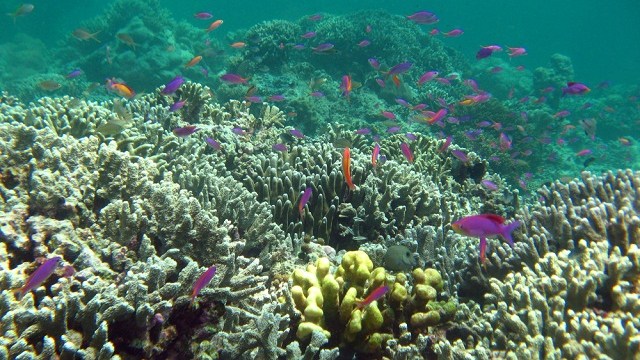Mars Curiosity Reports Daytime High Temperatures Above Freezing

Article written by guest writer Kecia Lynn
What’s the Latest Development?
On at least half of the days that NASA’s Curiosity rover has been residing on Mars, the daytime air temperature has risen above freezing, going as high as 43 degrees Fahrenheit. This has surprised scientists, considering that it’s technically late winter at the Gale Crater where Curiosity has made its home. The ability of liquid water to exist, even if only temporarily, boosts the theory that Mars may have been, or may now be, able to support microbial life.
What’s the Big Idea?
The general belief has always been that Mars was too cold and dry to support life as we know it, but this may need to be reevaluated, especially if the temperatures continue to climb. According to one scientist, “If this warm trend carries on into summer, we might even be able to foresee temperatures in the 20s [Celsius], and that would be really exciting from a habitability point of view…But it’s too soon to tell whether that will happen or whether these warm temperatures are just a blip.” Night temperatures are still brutally cold, dropping to as low as -94 degrees Fahrenheit.
Photo Credit: Shutterstock.com





